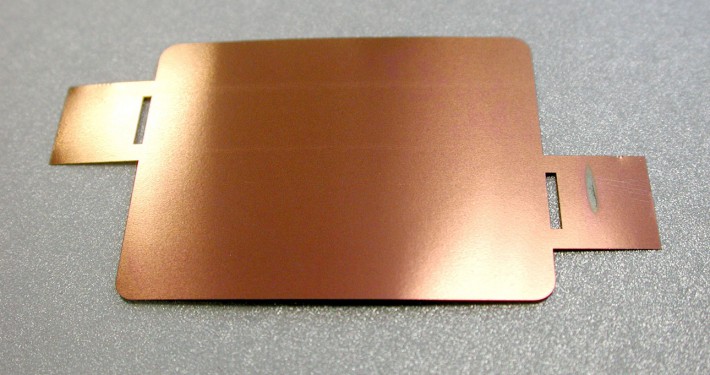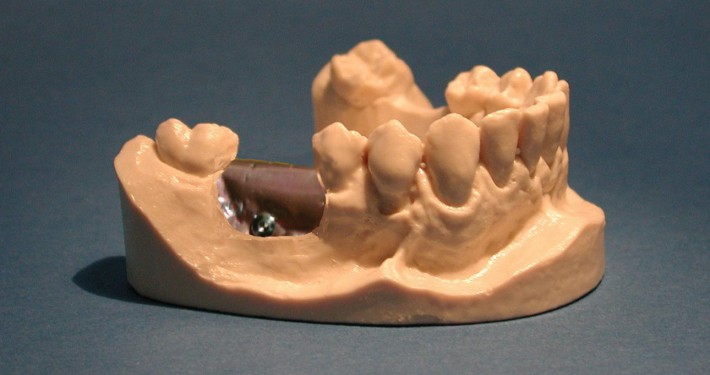Ti-Titanium-Foils
Ti–Titanium foils are not resorbable and are particularly suited for three–dimensional bone reconstructions (GBR – guided bone regeneration). If necessary, the Ti–Titanium foil can be secured using a matched, easy–to–use fixation system.
Titanium is considered in all fields of surgery to be a safe material with a proven track record.
The titanium foil is available in 20 μm and 40 μm thicknesses.
40 μm titanium foil provides microstability. Its surface is chemically electropassivated and bioelectrically absolutely neutral. The foil is impermeable and provides outstanding results even in an exposed site, where exposure is invisible because of the membrane’s mucous–membrane coloration. The 40 μm foil must be secured.
The 20 μm titanium foil is very flexible and can, for example, be used for covering periodontal defects or extraction sockets. In most instances the 20 μm foil does not require fixation.
- The completely impermeable titanium foil is prestressable, stable and acts as a space–maker, e.g., for alveolar ridge augmentation.
- In virtue of its gum-like color it blends optically with the oral cavity environment, if exposed (see figure).
- The matched foil fixation system (“tap in – screw out”) simplifies the installation and removal of the foil.
- The foils as well as the pins are made absolutely bioelectrically neutral by electrochemical passivation, and so contribute to the uncomplicated development of the regenerating bone.
Use in guided bone regeneration (GBR), particularly in three–dimensional bone reconstruction.
Indications may differ from country to country
The foil is cut and shaped (carefully round up the edges), bent into shape (prestressed) and secured, generally vestibular, with Ti–Titanium pins. The pins have a short screw thread under the head.
They are easily tapped in for securing the foil. The foil can also be used in an exposed site, since it is completely impermeable and the graft is protected.
After the therapeutic period, the fixation pins can be easily screwed out and removed.
 En
En Ar
Ar

